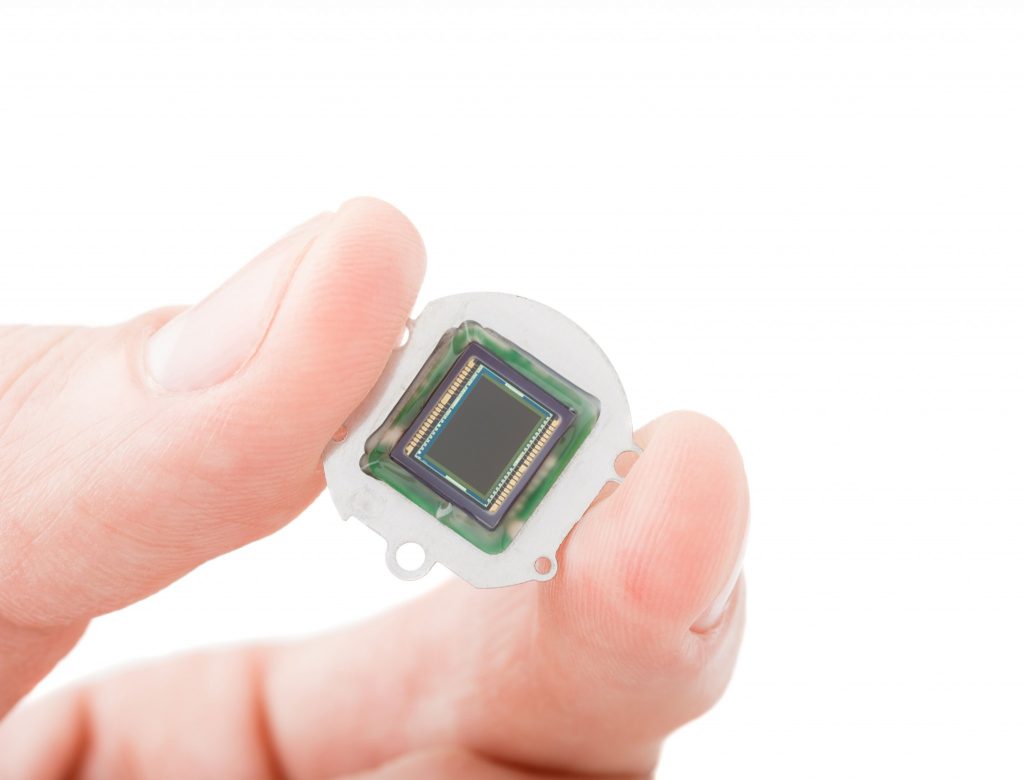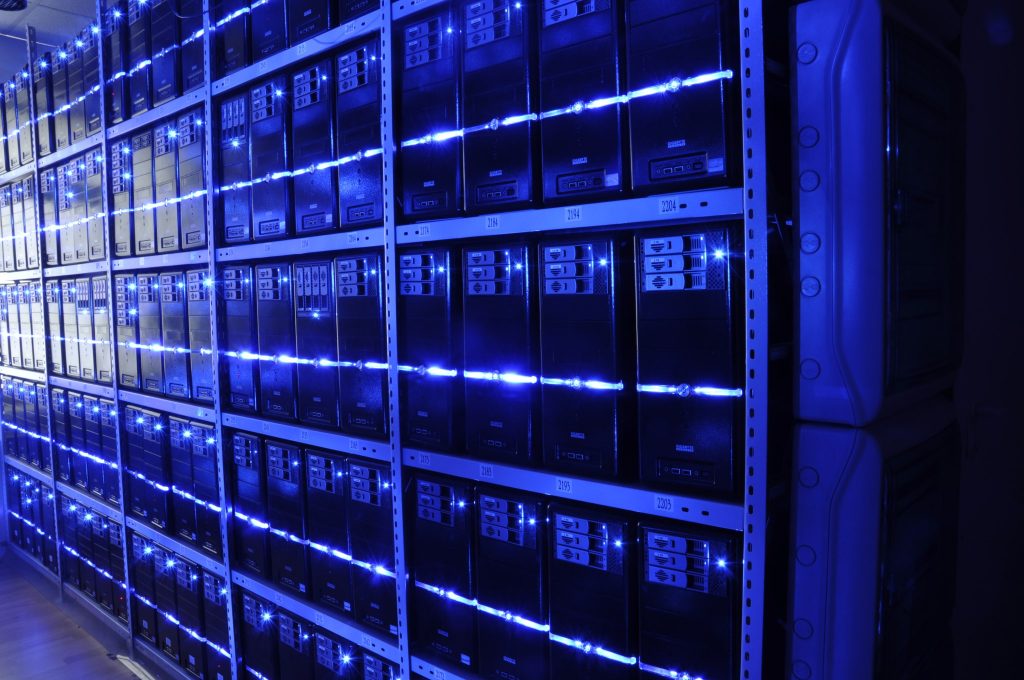Energy consumption is one of the biggest problems facing datacenters, and possibly even the world, today. Before we talk about a possible solution — wireless sensor networks — let’s crunch some numbers to understand the magnitude of this problem.
- U.S. datacenters consume more than 90 billion kilowatt hours of electricity each year. This consumption requires 34 coal power plants, each with a minimum capacity of 500 megawatts.
- Global datacenters consume about 416 terawatts of electricity each year, accounting for almost four percent of global energy consumption.
- To give you a perspective, this is 40 percent more than the energy consumed by the entire United Kingdom.
- It is estimated that datacenters will consume about 14 percent of global power by 2040 and 33 percent of all electricity resources will go toward powering datacenters by 2025.
The statistics go on, but these numbers are sure to give you an idea into the datacenters’ growing need for power — and the growing problem it entails.
The worse part about this power consumption is that 50 percent of the power goes toward non-IT loads such as cooling, humidification, fans, and lights. So, if you can trim these different aspects, you can greatly reduce the electricity consumption of datacenters. This not only lowers your utility bills but also makes it easy to comply with strict deadlines from Europe and the United States that are likely to come into effect in the near future.
Wireless sensor networks — What is it?

One way of curbing the use of electricity for these non-IT tasks is to use wireless sensors as they help to stay on top of the performance of different metrics and to reduce the overall energy consumption.
According to the U.S Department of Energy, wireless sensor technology system is a network of devices that are capable of sending and receiving specific information.
This technology comprises a bunch of sensors designed to monitor a specific aspect, and some examples include temperature control sensors, humidity sensors, circuit power monitors, and pressure sensors. They give information about the performance of these respective aspects in real-time. The information collected from these devices is analyzed by an integrated software product to give rich insights about what’s going on with your IT loads. Based on this analysis, you can understand where power drains and leaks are happening and fix them at the earliest to reduce overall power consumption.
Besides, it also helps to make the most of space conditions and thereby, decreases the energy consumed per square density of space.
Why wireless sensors?
Now, you may wonder why in the world do we need another new technology?
The answer is simple — the existing ones are not efficient enough to optimize power usage.
In most datacenters today, space conditions are controlled by the building automation system, or BAS, in short. While this system can give you temperature-related information through a dashboard, it is not comprehensive enough because space conditioning and cooling in datacenters require the use of multiple cooling units that often work independently of each other. This means the existing system does not measure the efficiency of each of these individual cooling units, so you’re not aware of the energy efficiency levels or the lack of it, within your setup.
Wireless sensors, on the other hand, give you comprehensive information in real-time, so you can make the necessary decisions that will bring down your operational cost and at the same time, improve the overall efficiency of your operations. These sensors gather the necessary data, send it to a gateway device through a wireless network, and the gateway device eventually sends it to an analysis software for understanding and visual representation. The best part is you can have a sensor for every cooling unit or combine one or more into a group and have one for that group. It all depends on your system setup and compatibility.
As you can see, this technology is more comprehensive and easy to set up and use. And this is why wireless sensors are a good option to stay on top of different performance metrics.
Benefits of wireless sensor network

Wireless sensors offer a ton of benefits for your organization, with some of them being:
Improved efficiency
The server inlet temperature is a major determinant to optimize your cooling system, so it is important to maintain a temperature that is optimal for your cooling system. You can get this inlet temperature through sensors and can even ensure that this temperature remains constant throughout. Some systems can even generate a graphical representation called heat maps to learn about the temperature profile of each cooling unit.
Needless to say, it will improve the overall efficiency of your cooling system and in the process, will help you to save money as well.
Flexible to use
The best part about this system is that it measures not just your cooling efficiency, but just about any parameter you want including temperature, humidity levels, debugging hotspots, pressure, air particle count, presence of liquid, electricity wattage, and more. The exact sensor system depends on your requirements, the information you want to gather and monitor, the setup of your system, and the nature of your business. This flexibility is what makes the wireless sensor system so powerful and appealing to any kind of business.
Maximum return on investment

Wireless sensors give the best return on your investment in multiple ways. Firstly, these sensors constantly monitor the different aspects of your datacenter operations, so leaks and problems are identified at the earliest. You can proactively fix these issues before they spiral into a major problem that affects users.
Secondly, you save money in utility bills because every aspect of operation such as temperature and pressure are always maintained at the optimal levels. In turn, this translates to reduced power consumption and lower utility bills.
Due to both these reasons, wireless sensors give the maximum return on your investment.
Improves the life of your capital investment
When your servers operate at optimal conditions, the wear and tear on them are greatly reduced and they can operate for longer periods of time. This means the investments you make will last longer and you’ll have to hardly spend any additional money on repairs and replacements. Over time, this is sure to translate into big savings in operational costs.
Scalable and adaptable
One of the important reasons for the growing popularity of wireless sensors is their scalability and adaptability. You can choose to add or remove sensors at any time, depending on the nature and growth of your business operations.
In addition, most wireless sensors work with different platforms and servers, which means you’re not forced to stick to a particular line of servers.
Identify and fix errors
Wireless sensor technology can be programmed to send alerts and notifications when certain threshold levels are breached. These alerts bring your attention to a problem, so you can fix it before it starts affecting the end-users. As a result, the possibility of downtime is reduced as well.
Things to watch out for while setting up a wireless sensor network
Now that we have seen the possible benefits of this technology, here are a few things to watch out for.
Reliability communication
Since these devices communicate through a wireless network, watch out for the strength of your wireless connectivity as even a temporary drop in quality can impact the flow of data. In addition, signal strength greatly depends on the sensor’s location, and this is an important factor that impedes with the speed of transmission and the reliability of data transfer.
Battery life
All sensors operate on battery, so take into account the battery life while setting up your wireless sensor system. Also, change the batteries as often as you need to — and optimally, before you need to — so communication is not affected in any way.
Battery life is affected by the frequency of data transmission, transmit power type, level of encryption, and power consumption in idle mode. In general, adjust these settings for longer battery life.
Gateway’s interoperability
Gateway’s interoperability is another aspect. This gateway device receives data from sensors and passes it to the analysis software mostly through an Internet connection. Hence, a common protocol is essential for communication between the sensor and gateway and from the gateway to the final analysis software.
Thus, keep in mind these three aspects while setting up your wireless sensor system.
Now you know: The wireless sensor system is a network of sensors that track the different non-IT metrics of your datacenter such as temperature, humidity, pressure, and more. This system is highly comprehensive and provides real-time insights into these different aspects, so you can improve the efficiency of your datacenter and reduce your utility bill as well.
Featured image: Shutterstock



